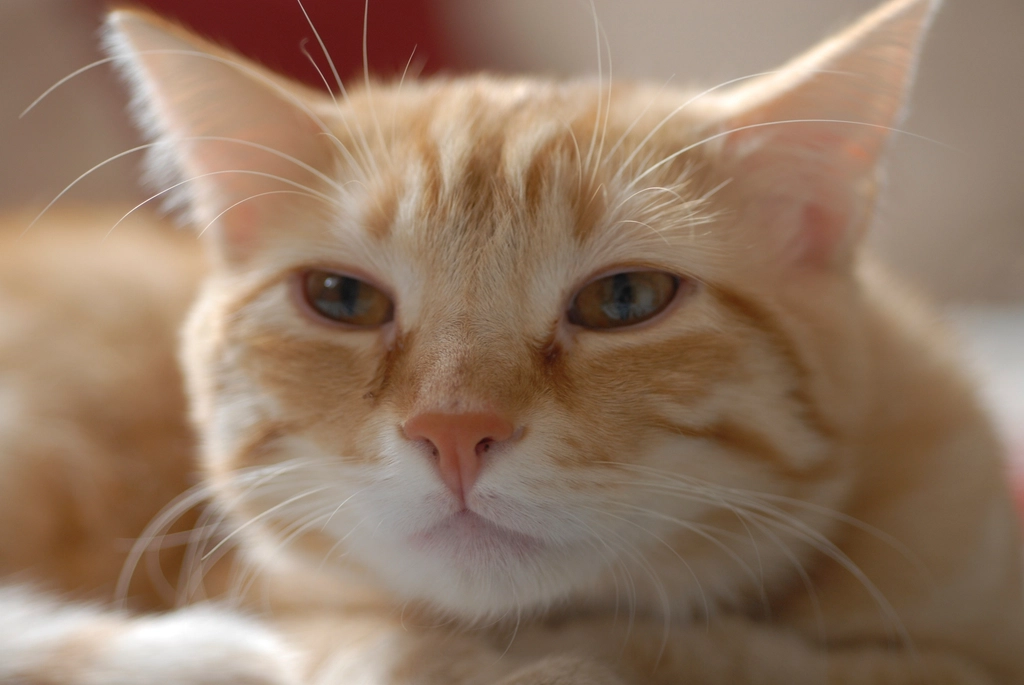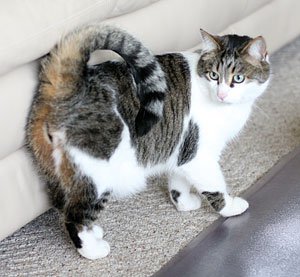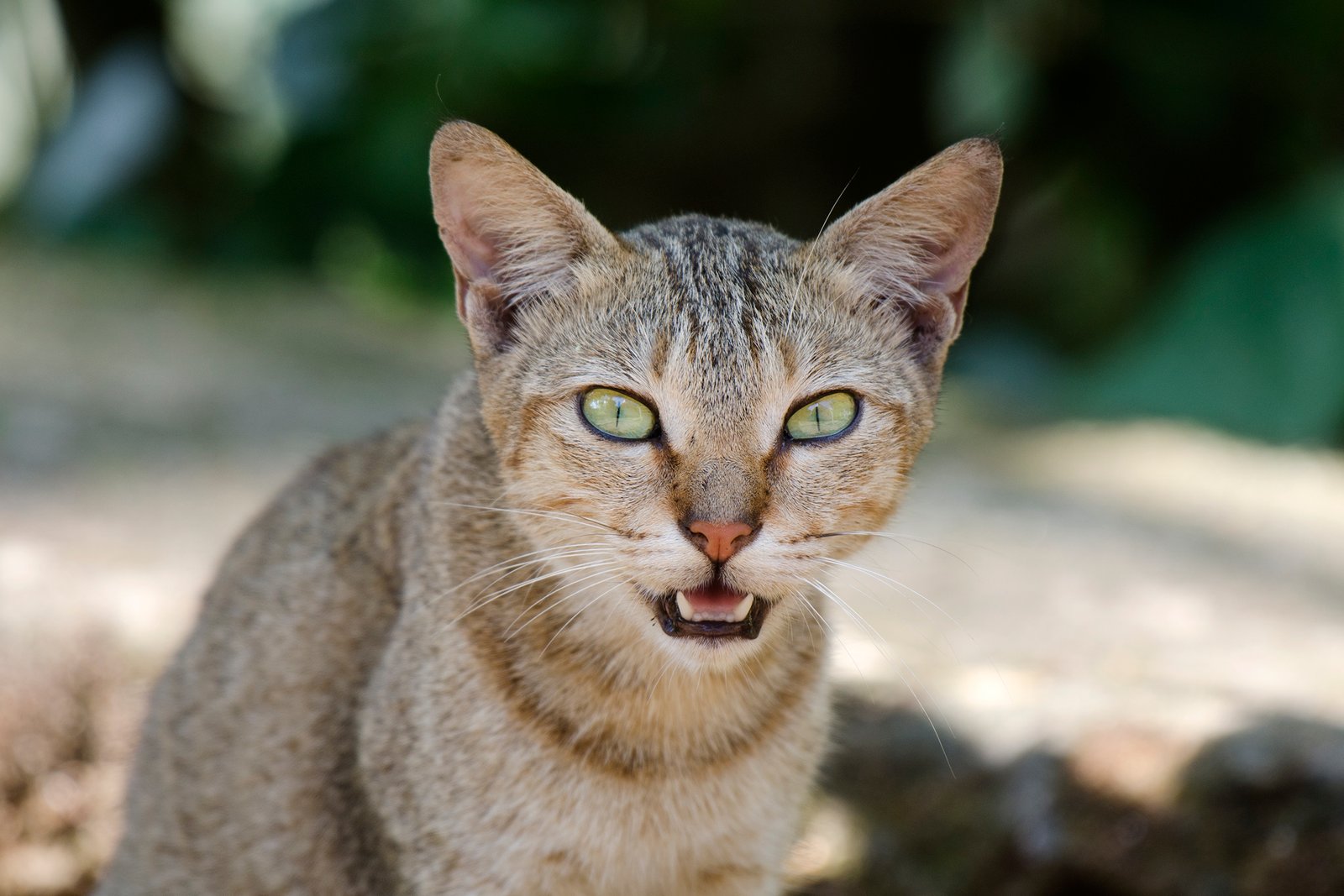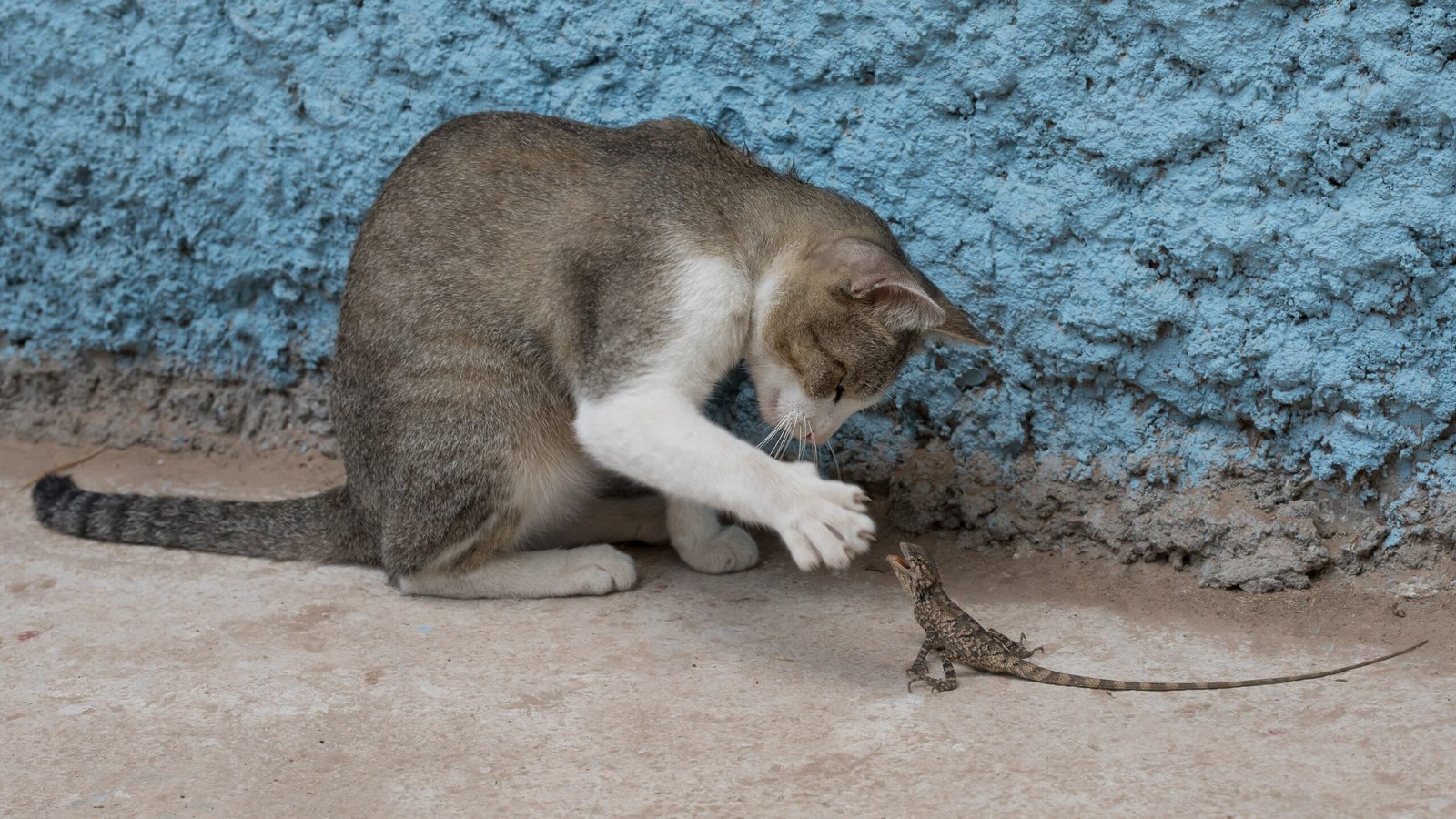Have you ever looked into your cat’s eyes and felt like they understood you, maybe even shared your mood? It’s a surprising truth: cats aren’t as emotionally mysterious as people think. In fact, our feline friends have deep feelings and show them in ways that might go unnoticed. Every tail flick, purr, or silent stare could be a window into their emotional world. If you’ve ever wondered how cats process emotions, you’re about to discover the signals hiding in plain sight. Prepare to see your cat’s actions in a whole new light!
Slow Blinking: The “I Trust You” Signal

When a cat blinks slowly at you, it’s not just a random gesture—it’s a powerful sign of trust and affection. This behavior is sometimes called a “cat kiss.” It’s almost like your cat is telling you, “I feel safe with you.” Cats rarely close their eyes fully around anyone unless they feel completely secure. If you return the slow blink, your cat may even respond in kind, deepening your bond. Scientists believe that this calming gesture is a way for cats to communicate peaceful intentions, both with humans and with other felines. It’s a small moment that speaks volumes about a cat’s feelings. So, the next time your cat blinks slowly, remember: you’re witnessing a sweet display of feline emotion.
Purring with Purpose
Purring isn’t just a sign that your cat is content. Cats also purr when they’re scared, anxious, or even in pain. This makes purring a complex emotional signal. Sometimes, your cat may curl up next to you and purr to comfort themselves, or even to comfort you if you’re feeling down. The soothing sound and vibration can be their way of processing difficult emotions or seeking reassurance. It’s almost as if purring is their built-in therapy session. Pay close attention to the context: a purring cat during a stressful event is expressing more than just happiness. They’re coping with their feelings, and maybe even asking for a little extra love.
Tail Language: The Emotional Barometer

A cat’s tail is like an emotional antenna, revealing their mood with every twitch and swish. If your cat’s tail is held high and quivering slightly, it’s often a sign of excitement or joy—maybe they’re thrilled you’ve come home. Conversely, a puffed-up tail signals fear or agitation, showing that your cat is processing stress or uncertainty. A slow, gentle sway can indicate curiosity or contemplation. Even the tiniest flick can speak volumes. Watching your cat’s tail can give you clues about how they’re feeling, helping you respond with understanding and kindness.
Hiding or Seeking Solitude
Sometimes, cats just disappear—slipping under the bed or behind the couch. This isn’t just about being shy or aloof. When cats seek solitude, they’re often processing strong emotions like stress, fear, or even sadness. Hiding is their way of creating a safe space to deal with these feelings. For example, a new pet in the house or a loud thunderstorm might send your cat running for cover. It’s their form of emotional self-care, much like humans needing quiet time after a tough day. Respecting their need for space is a way to support their emotional health.
Grooming as Self-Soothing
You’ve probably noticed your cat grooming themselves, sometimes for what seems like hours. While it’s partly about staying clean, excessive grooming can be an emotional response. Cats may lick themselves to calm down when they’re nervous or uncertain. It’s their version of taking deep breaths to relax. In stressful situations, such as after a vet visit or a household change, you might see your cat groom more than usual. This self-soothing habit helps them regain a sense of control and comfort. Understanding this can help you better support your cat when they seem anxious.
Meowing and Vocalizing Feelings

Cats aren’t always silent creatures; they have a whole range of sounds to express how they feel. From gentle chirps to plaintive meows, each vocalization carries emotional weight. Some cats become more talkative when they’re lonely or want attention, while others may meow out of frustration or even sadness. If your cat starts “talking” more than usual, they might be processing a change in their environment or routine. Each sound can be a clue to what’s going on inside their heart. Listening closely to your cat’s voice can help you connect on a deeper, emotional level.
Affectionate Head Butting and Rubbing

Head butting, also known as “bunting,” is one of the most heartwarming ways cats show their feelings. When your cat bumps their head against you or rubs their cheeks on your hand, they’re marking you with their scent and declaring, “You belong to me.” This isn’t just about territory—it’s a sign of deep trust and connection. Cats do this with their favorite people to show affection and seek reassurance. It’s their way of saying, “We’re in this together.” The next time your cat gives you a gentle head bump, know they’re sharing a piece of their emotional world with you.

Suhail Ahmed is a passionate digital professional and nature enthusiast with over 8 years of experience in content strategy, SEO, web development, and digital operations. Alongside his freelance journey, Suhail actively contributes to nature and wildlife platforms like Feline Fam, where he channels his curiosity for the Feline into engaging, educational storytelling.
With a strong background in managing digital ecosystems — from ecommerce stores and WordPress websites to social media and automation — Suhail merges technical precision with creative insight. His content reflects a rare balance: SEO-friendly yet deeply human, data-informed yet emotionally resonant.
Driven by a love for discovery and storytelling, Suhail believes in using digital platforms to amplify causes that matter — especially those protecting Earth’s biodiversity and inspiring sustainable living. Whether he’s managing online projects or crafting wildlife content, his goal remains the same: to inform, inspire, and leave a positive digital footprint.






